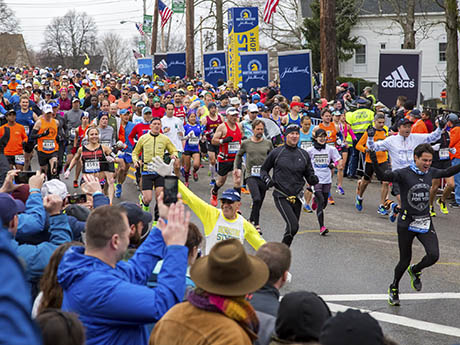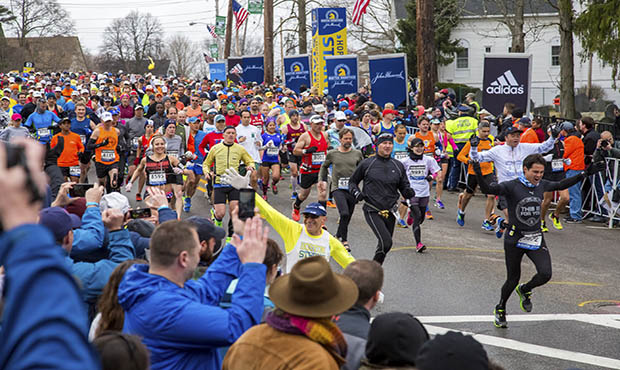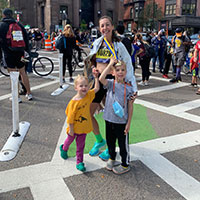

Whether you're running the Boston Marathon this year or hoping to qualify someday, this race requires more strategy and planning than other marathons.
It has a late start, which means special fueling considerations, and while the early miles are downhill, the uphill sections in the latter half can be an unpleasant surprise if you aren't prepared. But if you plan ahead and know what to expect, this race can be very rewarding.
I've run Boston four times, and each race day has taught me something new.
Before the Race
Assuming you're in waves one through four, you'll start anywhere between 10 a.m. and 11:15 a.m. If you've been doing most of your training runs in the early morning, you may be a little unsure about when to eat—and how much—before the race.
My best advice is to do at least one long run at your scheduled start time and test what fueling strategy will work best for you. For example, if you know you'll be starting at 11 a.m., you might try eating breakfast around 6 or 7 a.m. and then a snack between 9 to 10 a.m. Keep in mind it will be late afternoon by the time you finish the race, so you want to make sure you've consumed enough calories to get you through the miles.
Packing your gear for Boston can also take extra planning. For the past few years, the Boston Athletic Association (BAA) has required that all gear be checked before you get on the transport buses in Boston Common.
On the bus, you'll be allowed only a one-gallon Ziploc bag or a small fanny pack. Make sure whatever you bring to the start in Hopkinton can either be consumed, thrown away or carried with you for the entire race.
The start village is generally well organized, but the bathroom lines can get crowded. My biggest piece of advice is to begin the walk from the start village to the starting line as soon as your wave is allowed. The walk can take a good 15 to 20 minutes. Many people wait until the last minute to leave the start village and end up rushing to get to their corral.
Another bonus of getting to the starting line: there are dozens of Porta Potties set up in a nearby parking lot, and usually the lines are minimal to non-existent. Give yourself enough time to make one last bathroom visit, discard any extra layers and position yourself in your corral.
Miles 1-5
You've made it to the start and heard the national anthem. What's next?
The race begins at an elevation of 472 feet and steeply descends for the first half mile. As you run from Hopkinton to Ashland, the course continues to go downhill.
Between the favorable terrain and adrenaline, the pace is going to feel extremely easy, but I promise you that trying to bank time early never turns out well. Luckily, the early miles will be crowded (route 135 is quite narrow), which will help slow you down.
Try to avoid weaving through the crowd and stick to the middle of the road.
- 1
- of
- 3
About the Author

Get ACTIVE on the Go


Couch to 5K®
The best way to get new runners off the couch and across the finish line of their first 5K.
Available for iOS | Android







Discuss This Article